The ‘world-leading’ tax has raked in way more than expected – though from fewer companies – and with none of it ringfenced for recycling
The United Nations this week published ground-breaking proposals for legally binding targets on plastic reduction, in what campaign groups hailed as a potential “game-changer” in the global war on single-use plastic.
Meanwhile, in the UK, the government’s self-styled “world-leading” strategy on plastic reduction is floundering.
While landmark policies in the form of extended producer responsibility and deposit return schemes have been shelved, figures for the first year of the government’s controversial plastic tax show it raked in £40m more than expected despite affecting thousands fewer companies than anticipated – and without a penny set aside for the environment.
Crucially, experts say, the tax has also failed to prompt any major shift towards the use of recycled plastic.
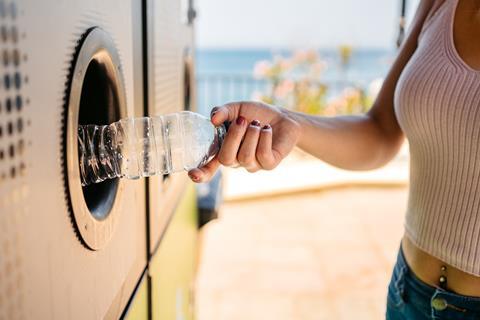
So why is it not doing what it promised, and what can be done to salvage it?
The Plastic Packaging Tax (PPT) came in on 1 April 2022, with the aim of providing a “clear economic incentive” for manufacturers and importers to switch from single use plastic to packaging containing at least 30% recycled material.
HMRC’s figures for the first 12 months reveal the Treasury raked in £276m, compared with the £235m it had estimated. The number of companies making returns fell way below its forecast of 20,000.
The 1.4 million tonnes that was liable for the £200/tonne tax, say experts, suggests there is “far less” recycled plastic in circulation in the UK than the government hoped. There are also questions over how the Treasury managed to get its estimates so wrong.
Plastic tax: numbers from year one
£276m
in tax generated
£235m
the amount the Treasury had estimated would be raised
3.5 million
tonnes of plastic packaging declared in UK
39%
the proportion of plastic packaging declared as taxable
4,142
companies registered to pay PPT across the 2022 financial year
20,000
the number the government estimated would be affected by the tax
Source: HMRC
Incentive lacking
A series of experts told The Grocer the tax had not produced enough of an incentive to persuade companies to move away from virgin plastic, amid soaring costs and poor availability of recycled alternatives, and pressure from the cost of living crisis and the war in Ukraine.
Figures from Valpak, which boasts the UK’s biggest packaging database, suggest the cost of recycled plastic material prices rose dramatically in the spring of 2022, peaking that autumn.
“Whilst undoubtedly some of this was the result of the plastic packaging tax causing greater demand, we also saw virgin polymer prices rising along a similar pattern three to six months previously, partly as a result of the war in Ukraine,” says its head of policy George Atkinson.
No central statistics exist of how much packaging on the market used to contain no recycled content but now does, which makes it harder to determine the direct impact of the tax, he adds.
“ Manufacturers and importers are simply absorbing the cost of the tax”
Louisa Goodfellow, head of policy at Ecosurety
Meanwhile the money clattering into the Treasury’s coffers from the tax tells its own story. While the HMRC revealed a decline in the tax take from £72m per quarter to £65m in the final quarter, and the Treasury now predicts it will fall to £210m by the close of 2026, Atkinson says there is very little evidence the tax is having the impact on recycled plastic that was billed. “Instead, the figures seem to point to in general less plastic packaging going on the market across the end of 2022 and beginning of 2023,” he says.
“This could be because of the worsening economic picture or because producers are switching material away from plastic/lightweighting their packaging instead, such as vacuum-packed meat in supermarkets, as well as greater uptake of paper packaging.”
Louisa Goodfellow, head of policy at Ecosurety, says: “I can’t say why there is such a discrepancy between expected liable taxpayers and companies that actually signed up. Perhaps there is still a general lack of awareness, coupled with less use of recycled content than expected by Treasury.
“But rather than lead to a significant uptake in the use of recycled content, it seems that liable manufacturers and importers are simply absorbing the cost of the tax and passing it on to their customers.
“Availability of recycled plastic content is still fairly low and big brands/manufacturers have contracts with recyclers, meaning it’s hard to buy secondary material, which makes it cost prohibitive.”
Goodfellow says the £40m discrepancy between predicted and actual tax take suggests businesses are “not looking to increase recycled content use”.

Ringfencing rage
Meanwhile there is growing anger that the tax windfall has not been ringfenced for investment into recycling, such as funding towards local authority collections or boosting investment in new technologies for hard-to-recycle plastics.
“If the money raised from the tax were hypothecated and invested directly into UK plastic recycling infrastructure this would help enormously,” says Goodfellow.
Despite all the criticism, Valpak’s Atkinson says there remains a key role for taxation in the battle against single-use plastics, and not just in the UK.
“In conversations with European processors, many are calling out for similar [taxation] measures to be introduced on the continent more widely as they believe it is the key to generating greater waste material values and so promoting recycling, and improving collections,” he says.
“For example, taxes on plastic packaging being placed on the market are present in Spain, which introduced a PPT from 1 January 2023 at a rate of €0.45 per kg of non-recycled plastic packaging.
“And Italy has been looking at introducing a similar tax, but the introduction was suspended until 1 January 2024, with further delays possible.”
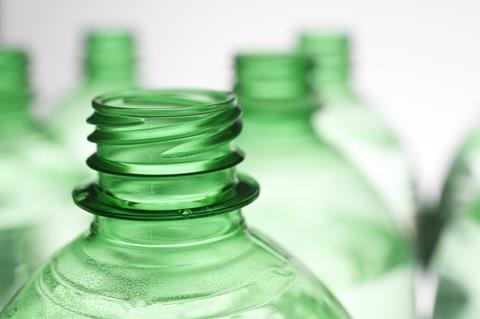
However, Steve Hynd, policy manager at environmental campaign group City to Sea, says HMRC’s figures are proof the plastic tax is a case of “fiddling while Rome burns”.
“It shows that it hasn’t produced the massive shift towards recycled content the government was promising and sadly has confirmed our doubts that the tax would be effective,” he says.
“We called all along for a point of sale tax on plastic that would be visible to consumers, rather than a system allowing companies to swallow the cost and pass it quietly on to the consumer.”
Plastics treaty
Hynd says the UK’s stalling efforts on plastic have been thrown into particularly sharp focus by the unveiling of this week’s ambitious United Nations Environment Programme, which produced a first draft of a legally binding Global Plastics Treaty, aiming to eliminate plastic pollution altogether by 2040.
While the draft does not yet include specific reduction targets and leaves wriggle room for individual countries to create their own path to the target, Hynd believes the direction of travel is clear.
“For the UK to stake a claim as a real global leader in this process they should now set, in conjunction with the devolved administrations, an ambitious and legally binding reuse target, just as other countries like France have already done” he says.
“It’s time for the UK to put their money where their mouth is and show real leadership in the transition away from single-use plastics.”
There has been plenty of talk from government about how the plastic tax will make the UK a world leader. So far at least, the figures do not appear to back that up.







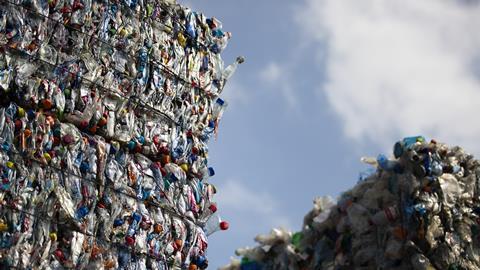

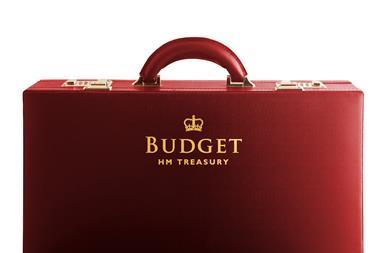

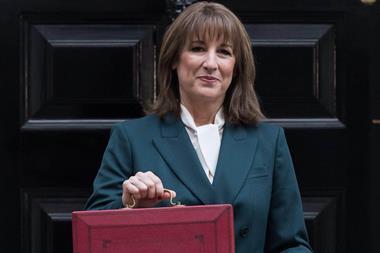
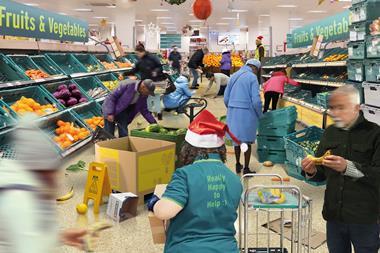
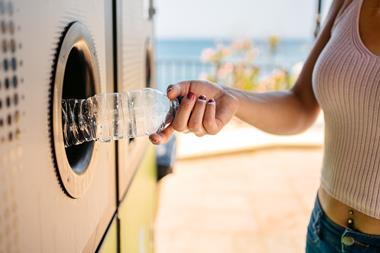
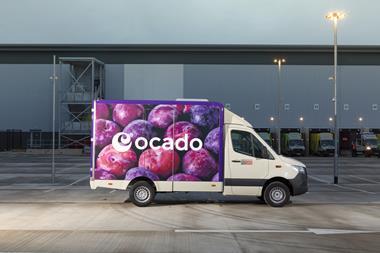

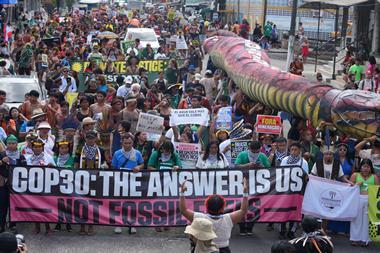



No comments yet